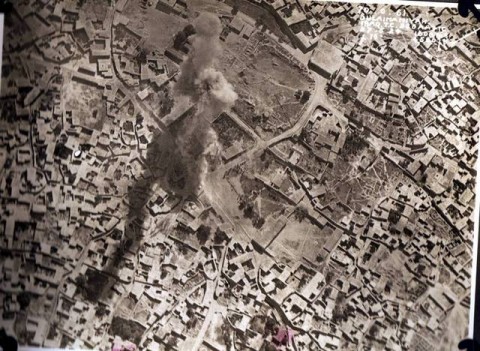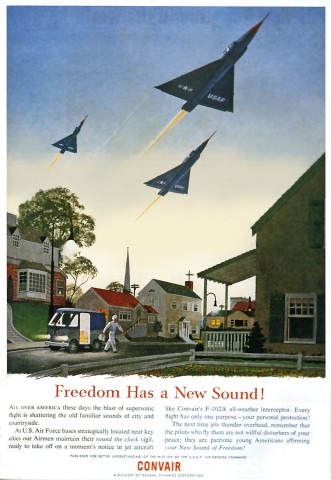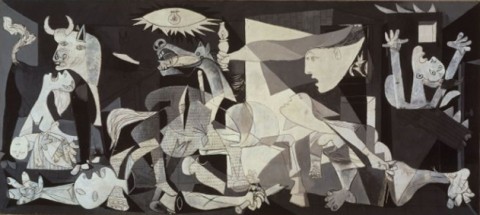The Boer War in airpower history
The Boer War of 1899-1902 doesn’t often appear in airpower history. This may have something to do with the fact that it took place before the invention of the aeroplane, which I suppose is reasonable. But there are still interesting and even important connections and influences to be traced. Here are a baker’s half-dozen.




